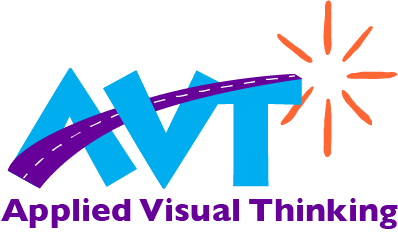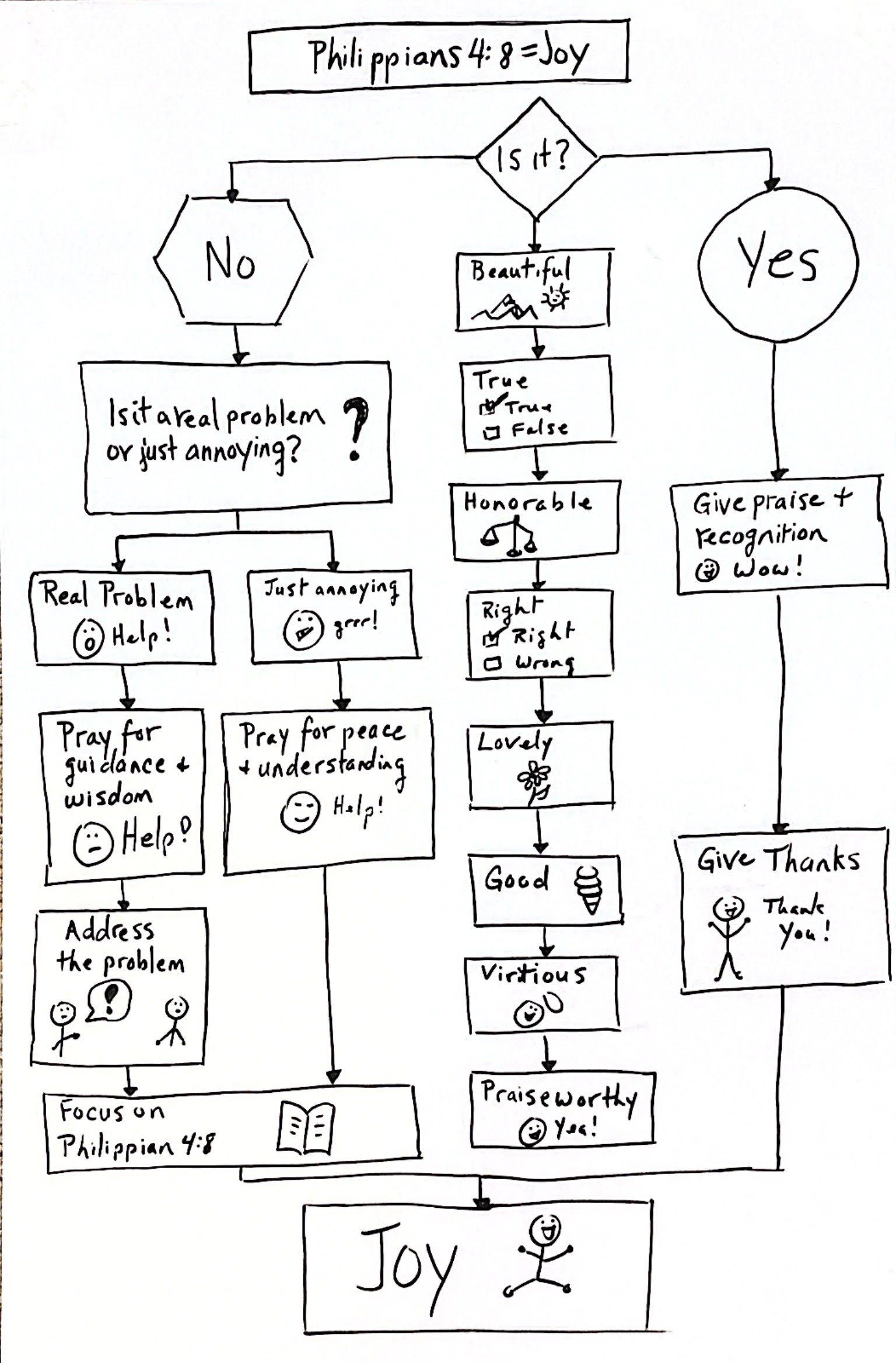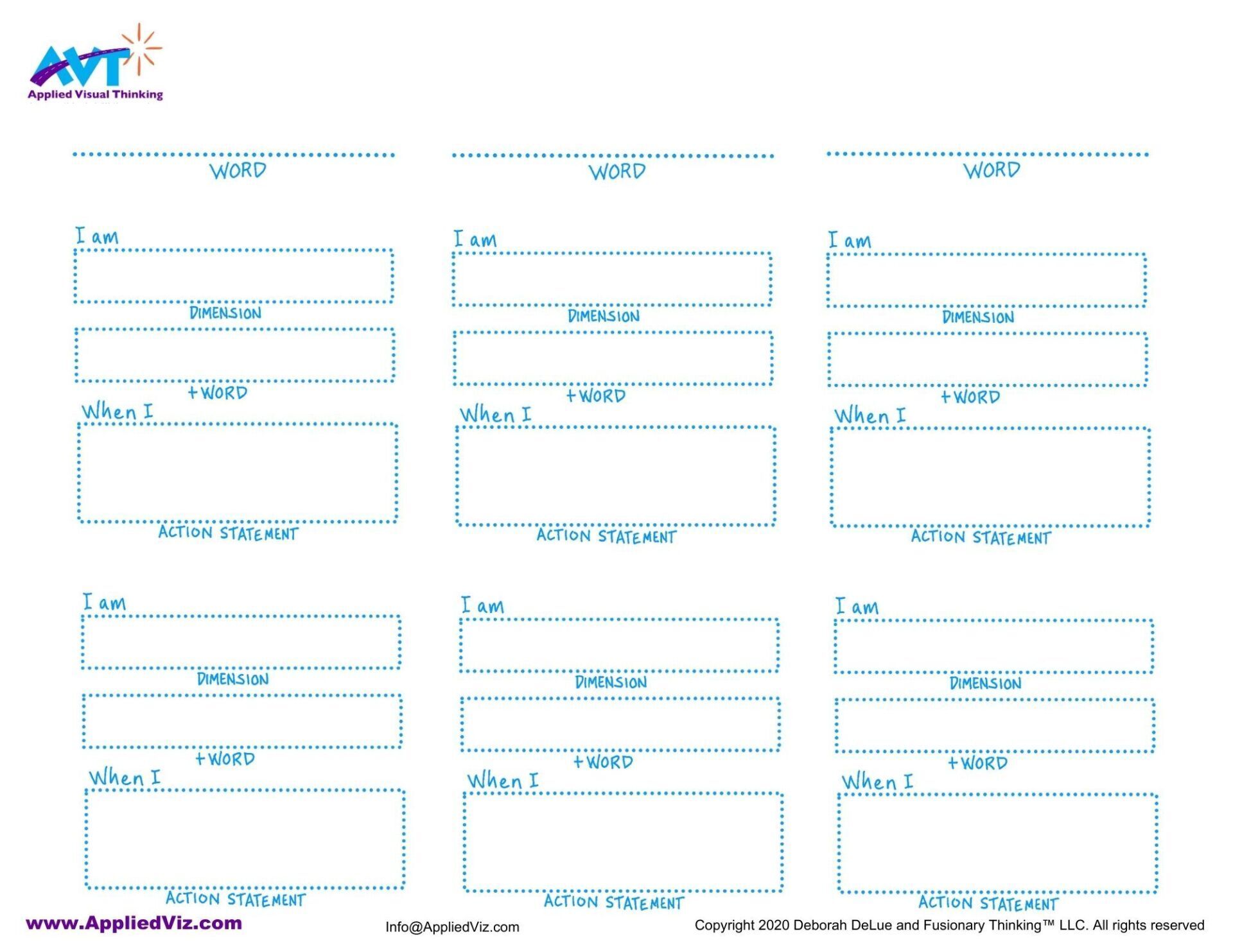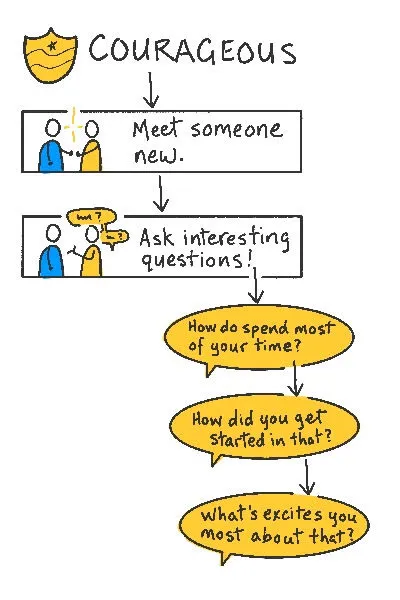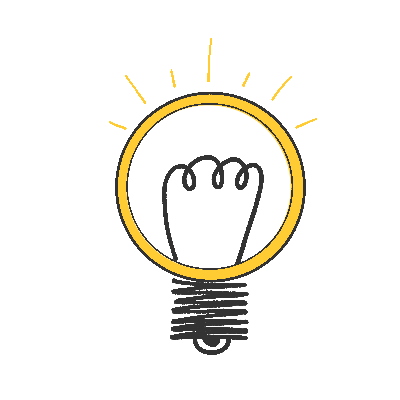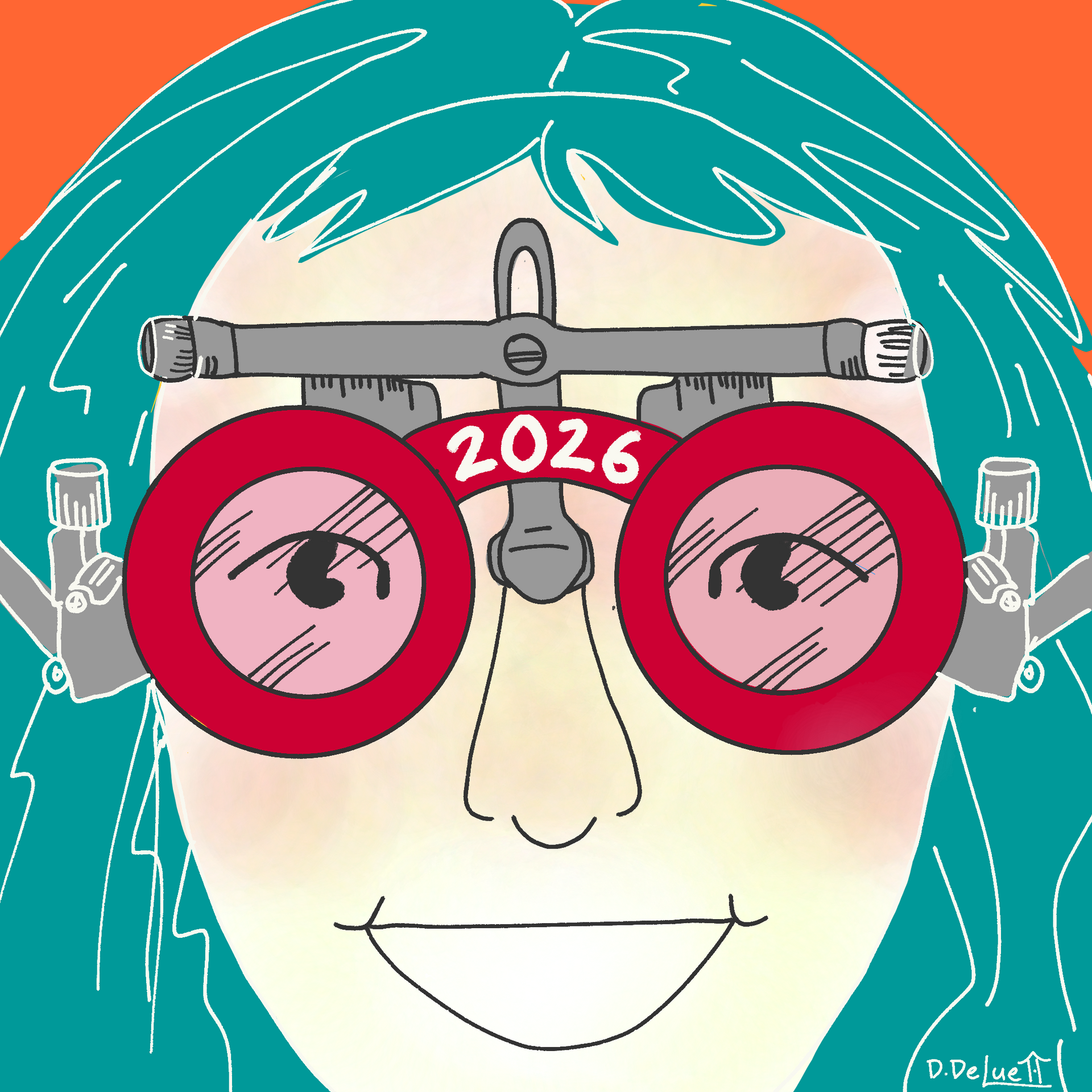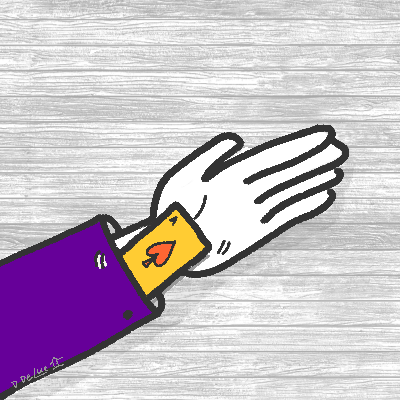Let's put on our 2021 goggles! Part 2
The Art of Applied Visual Thinking
First, let me wish everyone a joyous holiday season. No matter which holiday you celebrate this time of year, we want to wish you and your loved ones all the best. Last time we talked about….
Putting on our 2021 goggles! Part 2
If you happened to miss our last newsletter, you can find it here. Last time you did some visual brainstorming to generate a list of three positive, forward focused words you'd like to focus
on in the coming year. This time we're going to pick up where we left off and apply some visual thinking to take them from words to actions and help you keep them top of mind all year.
In Part 1 of this article, I mentioned I first developed a habit of selecting a word of the year
(or two or three) about 10 years ago after a particularly challenging year. That first year my
word was
JOY. I found new ways to experience more joy all year. I even created a flowchart
about having more joy.
That simple hand-drawn flowchart changed the way I think. It changed how I work. It even paved the way to starting AVT with my fantastic partner Sheri Kennedy. It was the first time I experienced the power of applied visual thinking, and I've never looked back. To this day, I still keep a copy of that flowchart hanging in my office, here it is. It's based on a wonderful little book by Tommy Newberry titled The 4:8 Principle. At the time, I had read the book several times but had trouble putting it into practice. The concepts made sense...
... but the actions didn't follow until
I made it visual!
The ideas presented in the book felt like a process to me so I picked up my markers and gave it a go. In fact, I gave it several goes until I landed on the final version, one that felt right for me. I hung it up just inside my kitchen door in a spot where I was sure to see it several times a day. At first, I stopped and read it out loud a few times a day. Then I paused once a day to review the process until it became rooted in my memory.
The best part is that visualizing the process kick-started my Reticular Activating System. If something was annoying, I looped through the process and found something to appreciate. If I needed help, my first response was to pray. Best of all, I began to notice things that were beautiful, true, honorable, right, lovely, good, virtuous, and praiseworthy without any effort.
Sitting in traffic, I admired the beautiful mountains. After a hundred "But Why?" toddler questions, I praised my son's never ending curiosity. At the end of an exhausting day, I marveled at his lovely sleeping face. I believe visual thinking's real power is that it can change your actions.
If you'd like to put on some
new goggles for 2021
grab a template and play along.
Step 1) Brainstorm your actions. Pull out your 3 word sticky note from last time and write one of your words at the top of each section of the template. For each word, think of a few actions you can take to incorporate them into your life. Use the action statement framework "I am (dimension + word), when I (action statement)." Think of one or two real-life situations where you can take an action that expresses the word. For example, one of my words for 2021 is courageous, being an introvert one of my action statements might be, "I am socially courageous, when I talk to someone I haven't met before."
Step 2) Create a process or 2 or 3. As we teach in our FOUNDATIONS course, when you need to visualize a process, you just need to draw a flowchart. Pick an action statement and create a simple flowchart. Be specific, imagine exactly what steps you can take to put your word into actions. Pull out your pens and markers, use color, icons, and visual hierarchy to bring your action statements to life.
Step 3) Commit it to memory. First, tape your finished flowchart(s) where you will see it every day, such as your bathroom mirror, refrigerator door, or closet door. Or go digital, and take a picture of it and make it your desktop wallpaper. Now the most essential step, commit it to memory., Read it out loud at least once a day for two weeks, once a week for two months, and then once a month for the year.
